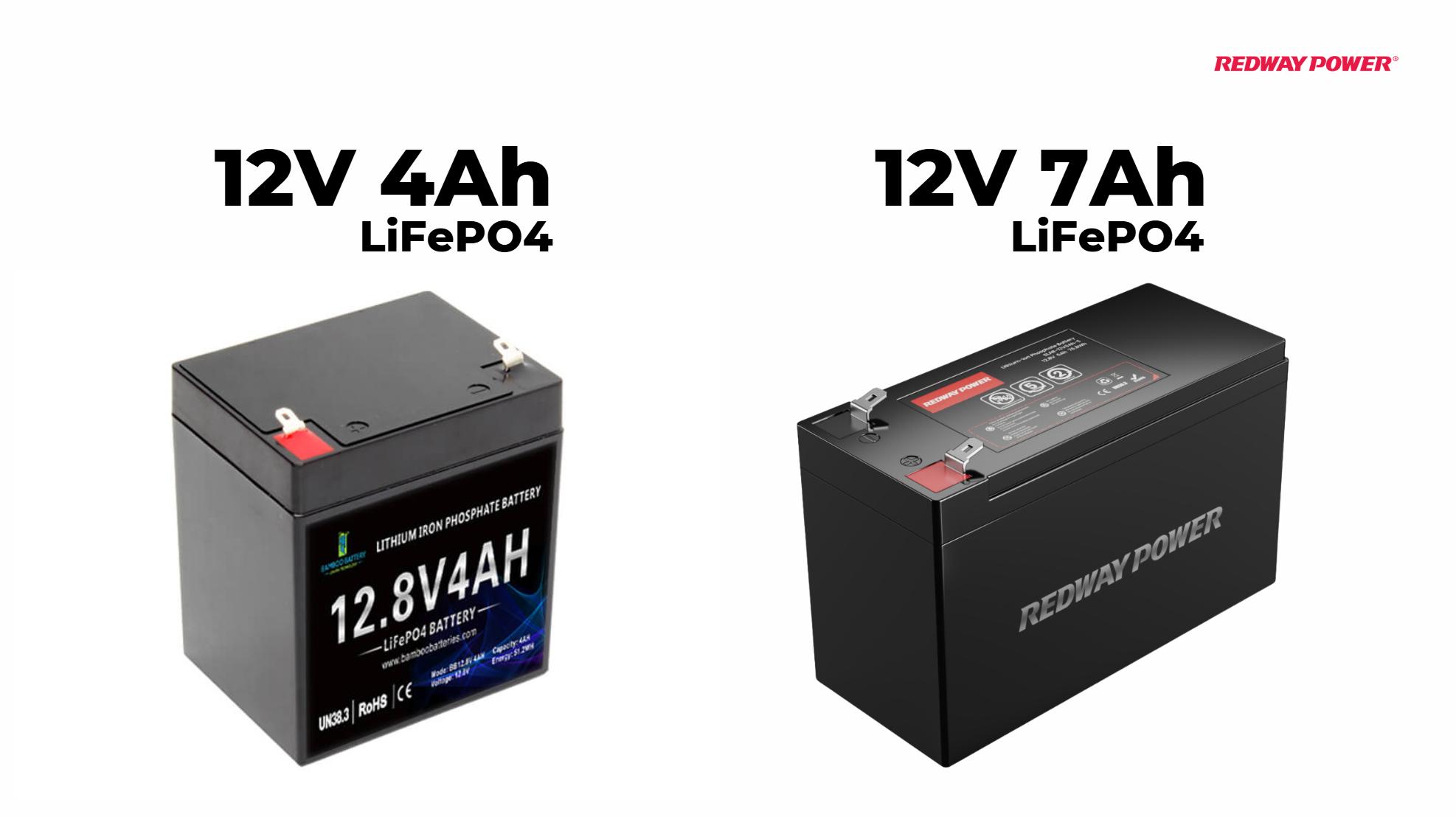Is 80V Better Than 40V?
Yes, an 80V system is generally considered better than a 40V system for applications requiring more power and efficiency. The higher voltage allows for reduced current draw, which minimizes energy loss and enhances performance. Additionally, 80V systems can support larger motors and provide longer runtimes for battery-powered tools and equipment.
Understanding Voltage Differences in Power Systems
When comparing 80V and 40V systems, it’s essential to consider how voltage affects performance, efficiency, and application suitability. Higher voltage systems are increasingly popular in various applications, including electric vehicles, power tools, and renewable energy systems. This article will explore the advantages of 80V systems over 40V systems, their applications, and considerations for users.
1. Efficiency and Performance
One of the most significant advantages of an 80V system is its efficiency:
- Reduced Current Draw: Higher voltage means that for the same power output, the current (measured in amps) is lower. This reduction in current leads to less heat generation in cables and components, improving overall efficiency.
- Enhanced Power Delivery: An 80V system can deliver more power to motors and devices without requiring larger wires or heavier components, making it suitable for demanding applications.
2. Application Suitability
Different voltage systems are designed for various applications:
- 40V Systems: Typically used in residential power tools and smaller equipment. They are adequate for light-duty tasks but may struggle with more demanding applications.
- 80V Systems: Ideal for commercial-grade power tools, electric vehicles, and larger machinery. They provide the necessary power to handle heavy workloads efficiently.
3. Battery Life and Runtime
Battery life is crucial when choosing between 40V and 80V systems:
- Longer Runtime: Higher voltage batteries can often provide longer runtimes because they can deliver more power without drawing excessive current.
- Fewer Batteries Needed: An 80V system may require fewer batteries to achieve the same performance level as a 40V system, reducing overall weight and space requirements.
4. Cost Considerations
While higher voltage systems offer advantages, cost is also a factor:
- Initial Investment: Generally, 80V systems may have a higher upfront cost due to more advanced technology and components.
- Long-Term Savings: The increased efficiency and longer life of 80V batteries can lead to cost savings over time through reduced energy consumption and maintenance costs.
5. Safety Considerations
Safety is paramount when working with electrical systems:
- Higher Voltage Risks: While 80V systems offer advantages, they also come with increased risks. Proper safety measures must be implemented to prevent electrical shocks or accidents.
- Regulatory Compliance: Ensure that any equipment used complies with local regulations regarding high-voltage systems.
Comparative Overview of Voltage Systems
| Voltage System | Typical Applications | Advantages | Disadvantages |
|---|---|---|---|
| 40V | Residential power tools | Lower cost | Limited power output |
| 80V | Commercial-grade tools, EVs | Higher efficiency, longer runtime | Higher initial investment |
Latest News
- Recent advancements in battery technology have led to the development of more efficient 80V systems that are becoming increasingly popular in commercial applications.
- The demand for electric vehicles continues to drive innovations in high-voltage battery solutions, enhancing performance while reducing charging times.
- Regulatory changes are encouraging manufacturers to adopt safer practices when designing high-voltage equipment to protect users and the environment.
Redway Expert Comment
In our extensive experience at Redway Battery, we recognize that while both 40V and 80V systems have their place in the market, the advantages of an 80V system—such as enhanced efficiency and performance—make it a superior choice for demanding applications. As technology progresses, we anticipate even greater advancements that will further optimize these high-voltage solutions.”
Conclusion
In conclusion, an 80V system is generally superior to a 40V system, particularly for applications requiring higher power output and efficiency. By understanding the differences between these voltage levels, users can make informed decisions based on their specific needs. As demand grows for efficient power solutions across various industries, higher voltage systems like 80V will continue to play a vital role in shaping the future of technology.


